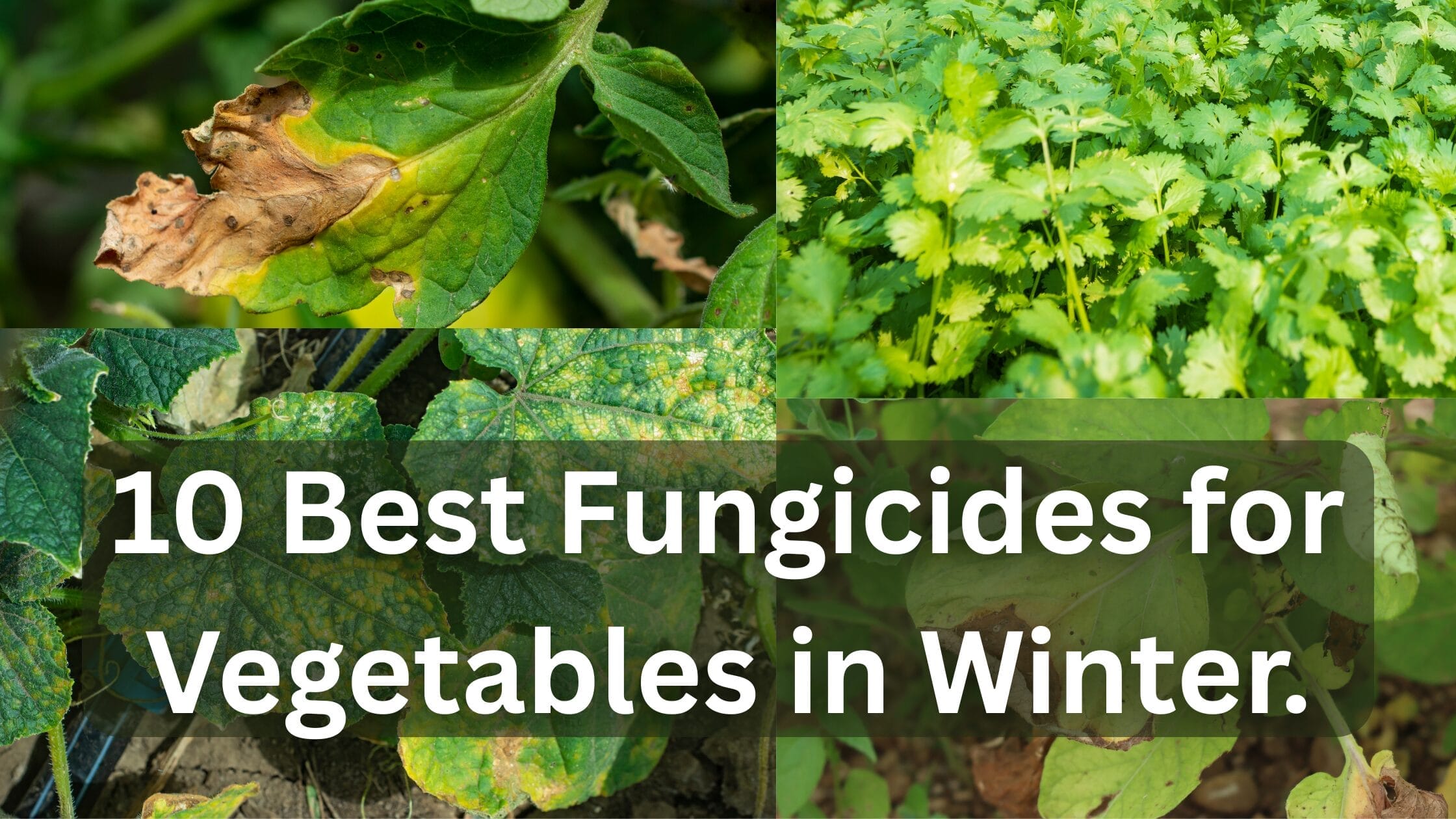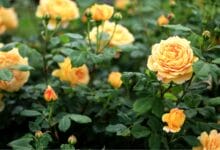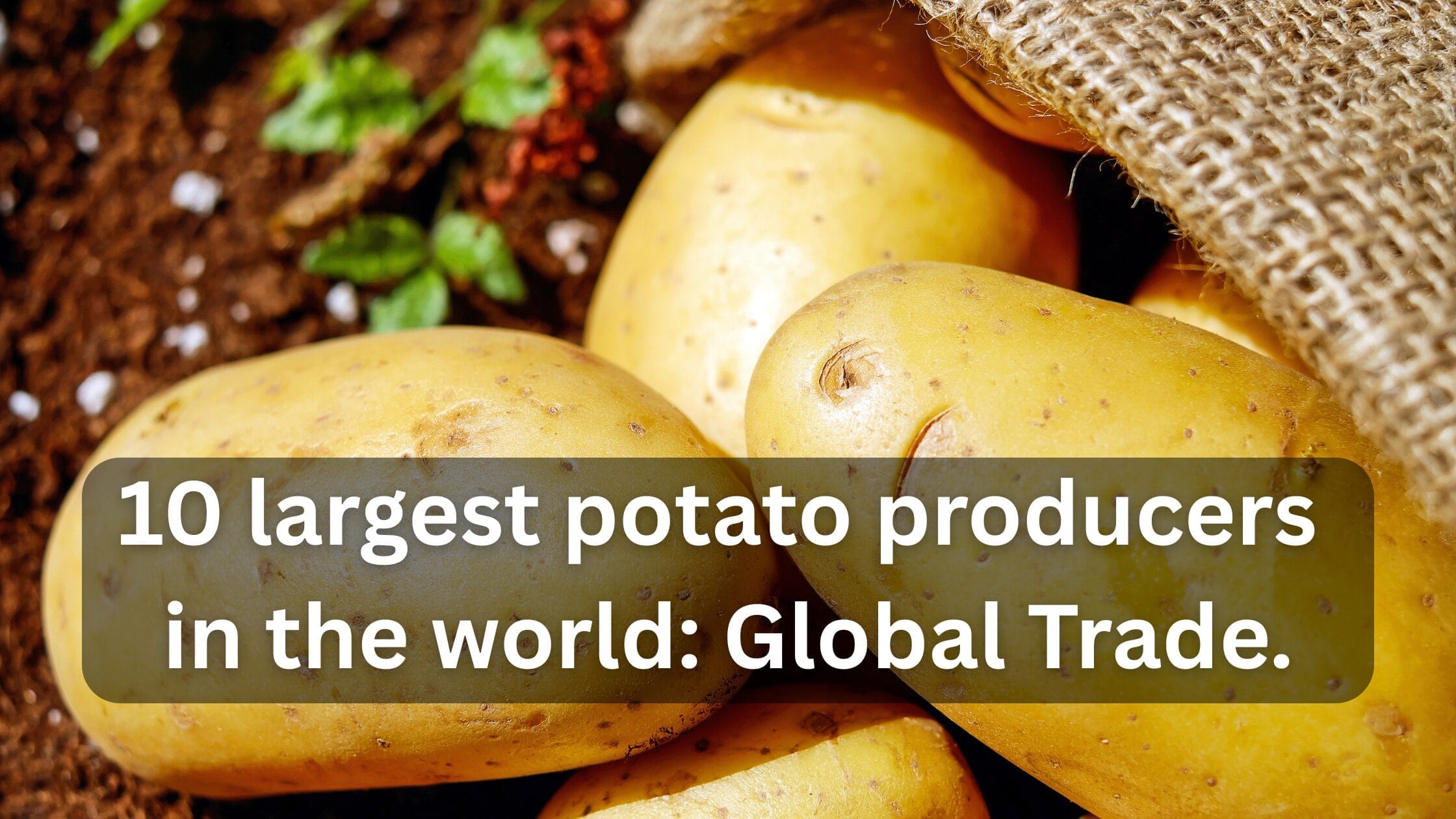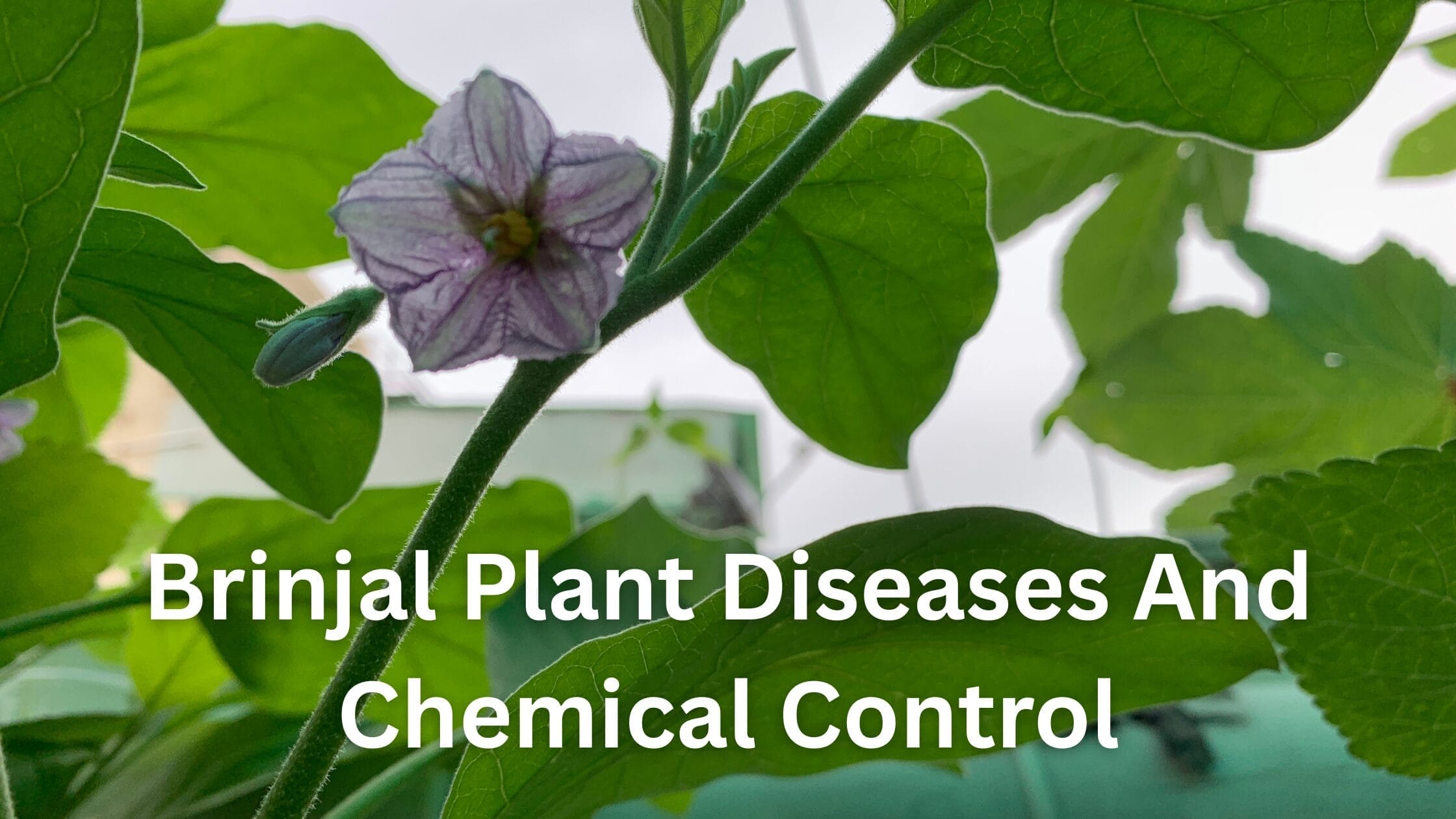10 Best Fungicides for Vegetables in Winter: Guide to Protecting Your Winter Crops.

Fungicides for Vegetables in Winter
Winter brings its own set of challenges for vegetable growers. Although many pests take a backseat during cold months, fungal diseases thrive under specific winter conditions such as high humidity, reduced sunlight, and low temperatures.
Protecting your winter vegetables from fungal infections is crucial to ensuring a healthy and bountiful harvest. In this article, we will cover what fungicides are, how they work, the different types of fungicides, common vegetable diseases during winter, and the 10 best fungicides that are widely used for winter vegetables.
What Are Fungicides?
Fungicides are chemical or biological agents that inhibit or eliminate fungal pathogens on plants. These substances help prevent and manage diseases caused by fungi, such as powdery mildew, downy mildew, blight, and rust. Fungicides can be systemic (absorbed by the plant and transported internally) or contact-based (stay on the plant surface and kill fungi upon contact).
Also Read: Systemic Fungicides and Contact Fungicides List, and their Doses in common plant diseases!
How Do Fungicides Work?
Fungicides function through several mechanisms:
Preventive Action – Stops fungal spores from germinating on plant surfaces.
Curative Action – Kills or suppresses fungi after infection has occurred.
Eradicative Action – Removes existing infections and prevents further spread.
Different fungicides target various stages of the fungal life cycle, making it essential to choose the right product based on the disease and crop.
Types of Fungicides
Fungicides can be classified based on various parameters:
1. By Mode of Action:
- Systemic Fungicides – Absorbed by plant tissue and provide internal protection.
- Contact Fungicides – Remain on the plant surface and offer protection by killing fungal spores on contact.
2. By Composition:
- Chemical Fungicides – Synthetic compounds such as mancozeb, carbendazim, or propiconazole.
- Biological Fungicides – Natural or bio-based agents like Trichoderma, neem oil, or Bacillus subtilis.
3. By Fungicide Groups (FRAC Codes):
- Multi-site inhibitors (e.g., copper, sulfur)
- Single-site inhibitors (e.g., strobilurins, triazoles)
Common Winter Vegetable Diseases and Their Fungal Causes
Winter vegetables like cabbage, cauliflower, spinach, broccoli, peas, onions, and carrots are prone to specific fungal diseases. Here are a few common ones:
| Disease | Affected Crops | Fungal Pathogen | Symptoms |
|---|---|---|---|
| Downy Mildew | Spinach, Peas | Peronospora spp. | Yellow spots on leaves, grey mould underside |
| Powdery Mildew | Peas, Cauliflower | Erysiphe spp. | White powdery patches on leaves and stems |
| Alternaria Leaf Spot | Cabbage, Broccoli | Alternaria brassicae | Brown to black circular leaf spots |
| White Rust | Mustard Greens | Albugo candida | White blisters on leaves |
| Damping-Off | Seedlings | Pythium, Rhizoctonia | Seed rot or wilting of seedlings |
Effective control begins with early identification and timely application of the right fungicide.
10 Best Fungicides for Vegetables in Winter.
In the winter season, most of India’s best and popular vegetables are grown.
So, we need to identify the most effective techniques for protecting vegetables in the winter.
1. Mancozeb 75% WP
- Type: Contact, Multi-site fungicide
- Mode: Preventive
- Use: Effective against leaf spots, blights, and downy mildew.
- Recommendation: 2-2.5g per litre of water
- Crops: Cabbage, Cauliflower, Peas
2. Carbendazim 50% WP
- Type: Systemic, Single-site fungicide
- Mode: Curative and Preventive
- Use: Controls damping-off, Alternaria, and anthracnose.
- Recommendation: 1g per litre of water
- Crops: All winter vegetables
3. Copper Oxychloride 50% WP
- Type: Contact fungicide
- Mode: Preventive
- Use: Manages fungal and bacterial blights
- Recommendation: 2.5–3g per litre
- Crops: Onion, Garlic, Spinach
4. Propiconazole 25% EC
- Type: Systemic fungicide (Triazole group)
- Mode: Preventive and Curative
- Use: Ideal for powdery mildew and rust
- Recommendation: 1ml per liter
- Crops: Peas, Mustard, Beans
5. Metalaxyl + Mancozeb (e.g., Ridomil Gold)
- Type: Systemic + Contact
- Mode: Preventive and Curative
- Use: Controls downy mildew, damping-off
- Recommendation: 2-2.5g per litre
- Crops: Spinach, Broccoli, Cabbage
6. Azoxystrobin 11% + Tebuconazole 18.3% SC
- Type: Broad-spectrum systemic
- Mode: Preventive and Curative
- Use: Effective against leaf blights, rust, and mildew
- Recommendation: 1ml per liter
- Crops: Cauliflower, Peas, Mustard
7. Sulfur 80% WDG
- Type: Contact fungicide and miticide
- Mode: Preventive
- Use: Controls powdery mildew and rust
- Recommendation: 2g per litre
- Crops: Beans, Mustard, Onion
8. Trichoderma viride (Bio-fungicide)
- Type: Biological agent
- Mode: Preventive and Soil health enhancer
- Use: Excellent for seed treatment and soil-borne diseases
- Recommendation: 5-10g per kg seed or 2kg per acre of soil
- Crops: All vegetables
9. Neem Oil 3000 ppm
- Type: Botanical, Natural fungicide
- Mode: Preventive and Mild Curative
- Use: Powdery mildew, anthracnose
- Recommendation: 5ml per liter
- Crops: Leafy greens, Spinach, Coriander
10. Captan 50% WP
- Type: Contact fungicide
- Mode: Preventive
- Use: Controls damping-off and early blight
- Recommendation: 2g per litre
- Crops: Nursery seedlings, Root vegetables
Best Practices for Fungicide Use in Winter
- Regular Monitoring: Check for early symptoms like leaf spots, discolouration, or mould.
- Proper Application Timing: Apply fungicides in the morning or evening to avoid rapid evaporation.
- Rotate Fungicides: Avoid resistance build-up by rotating fungicides with different modes of action (FRAC codes).
- Avoid Overuse: Follow recommended dosages strictly to prevent toxicity and residues.
- Combine with Cultural Practices: Improve air circulation, remove infected debris, and avoid waterlogging.
FAQs
Q1. Can I use the same fungicide for all winter vegetables?
Not always. Fungicides are often crop-specific or disease-specific. Always read the label or consult an expert.
Q2. How often should I spray fungicides during winter?
Usually, every 7–15 days, depending on the disease severity and product label instructions.
Q3. Are bio-fungicides as effective as chemical ones?
They work well in preventive programs and for soil-borne diseases. For fast-acting curative control, chemical fungicides may be more reliable.
Q4. Is it safe to eat vegetables treated with fungicides?
Yes, if used as per guidelines and observing the waiting period (pre-harvest interval).
Final Thoughts
Fungal diseases in winter can seriously impact the yield and quality of your vegetable crops. While proper crop rotation, soil health management, and sanitation are critical, fungicides offer effective protection when used responsibly. The 10 fungicides listed above provide a comprehensive defence against the most common winter fungal diseases affecting vegetables in India and other similar climates.
Choosing the right fungicide based on your crop and disease can ensure your winter harvest remains healthy, productive, and profitable.








